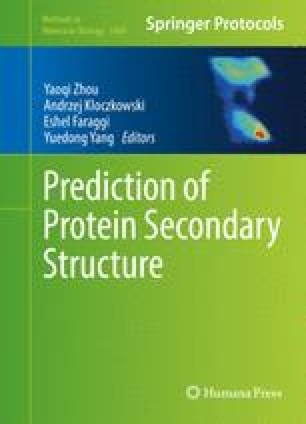

The availability of high-quality structures for any protein of interest allows us to use structure comparison to improve homology inference and structural, functional and evolutionary analyses. Despite the success of sequence-based homology inference, many proteins cannot be annotated because detecting distant evolutionary relationships from sequences alone remains challenging 9.ĭetecting similarity between protein structures by three-dimensional (3D) superposition offers higher sensitivity for identifying homologous proteins 10. The goal is to find homologous sequences from which properties of the query sequence can be inferred, such as molecular and cellular functions and structure. The most widely used approach to protein annotation and analysis is based on sequence similarity search 5, 6, 7, 8. The scale of these databases poses challenges to state-of-the-art analysis methods. 3), and the ESM Atlas contains over 617 million metagenomic structures predicted by ESMFold 4. The European Bioinformatics Institute already holds over 214 million structures predicted by AlphaFold2 (ref. Modern Analytical Ultracentrifugation (Birkhäuser, Boston, 1994).The recent developments in in silico protein structure prediction at near-experimental quality 1, 2 are advancing structural biology and bioinformatics. in The Peptides (Academic, New York, 1985).Ĭhou, P. in Bacterial immunoglobin-binding Proteins (ed. NMR of Proteins and Nucleic Acids (Wiley, New York, 1986).īai, Y., Milne, J. They also support views of protein folding that favour tertiary interactions as dominant determinants of structure (for example, see refs 8,9).Ĭhakrabartty, A. Our results demonstrate that non-local interactions can determine the secondary structure of peptide sequences of substantial length.

Both proteins, chameleon-α and chameleon-β, are folded into structures similar to native GB1, as judged by several biophysical criteria. To examine the extent to which non-local factors influence the formation of secondary structural elements, we have designed an 11-amino-acid sequence (dubbed the 'chameleon' sequence) that folds as an α-helix when in one position but as a β-sheet when in another position of the primary sequence of the IgG-binding domain of protein G (GUI). Pre-vious studies indicate that the propensities of individual amino acids to form particular secondary structures are the result of a combination of local conformational preferences 1,2 and non-local factors 3–7. PROTEIN secondary structures have been viewed as fundamental building blocks for protein folding, structure and design.


 0 kommentar(er)
0 kommentar(er)
